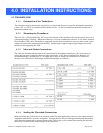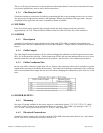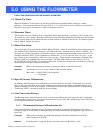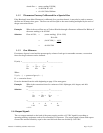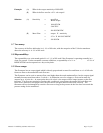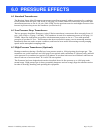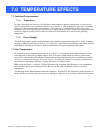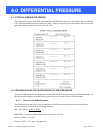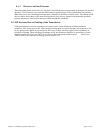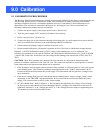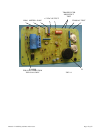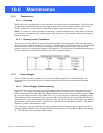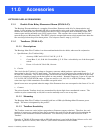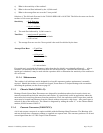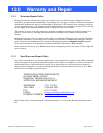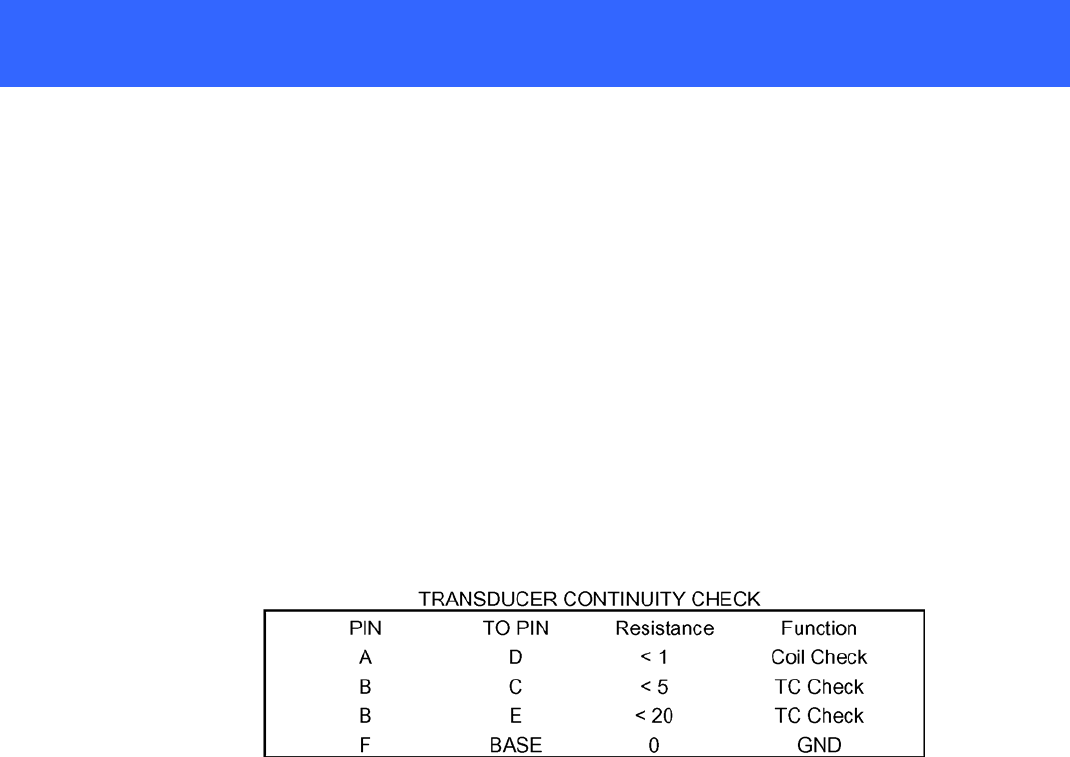
Manual 111-082010_Nall Mass Flowmeters Page 20 of 23
10.0 Maintenance
10.1 Transducers:
10.1.1 Cleaning
With proper care in installing and use, the transducer will require little or no maintenance. Should the small
passages in the transducer become partially clogged, they can be cleaned with any suitable solvent such as
acetone, vythene, etc. and/or blown out with clean air under moderate pressure (up to 50 psig).
NOTE: If solvents are used for cleaning the transducer, sporadic indications may occur when it is returned
to service due to residual moisture in the passages of the transducer. Time should be allowed for the liquid
solvent to evaporate.
10.1.2 Damage to the Transducer
The transducer can be checked for internal electrical damage by disconnecting the cable and using an ohm-
meter to measure resistances at the 6-pin connector. Internal repairs to the transducer are not recommended
and should only be done at the factory. Attempting to remove the transducer cover or the nut on the
connector may result in irreparable damage to the transducer. The table below is for determining whether or
not some damage has occurred and IS NOT to be used as a guide for repairs.
10.2 Power Supply:
NALL and NALL-P power supplies are very stable and should require little or no maintenance. An
occasional check of the electrical zero is recommended but drift will be small under normal operating
conditions.
10.2.1 Power Supply Troubleshooting
If a problem does occur, the transducer heating voltage and the transducer output can be checked (refer to
Figure 9.1). To check the heating voltage, the flowmeter must be connected to the transducer and a true
R.M.S. voltmeter must be used. With the TRMS voltmeter connected between test points D and A (TRMS
AC test), the voltage should be 16.00 TRMS VAC +/- 0.1 VAC (and can be adjusted by the BIAS pot, R6).
The transducer output is measured between test points BC and E (millivolt test) using a DC millivolt meter.
This output will vary as flow through the transducer varies. At full scale flow for the transducer, the millivolt
meter should read between 0.75 and 7 millivolts DC, depending on the individual transducer. This signal is
amplified to produce the flowmeter output.
If it is necessary to return the flowmeter for repair, please return the transducer, power supply, and cable to
Teledyne Hastings-Raydist with a detailed explanation of the problem. Use the Service Repair form on page
35. This will help to ensure prompt, reliable service.



